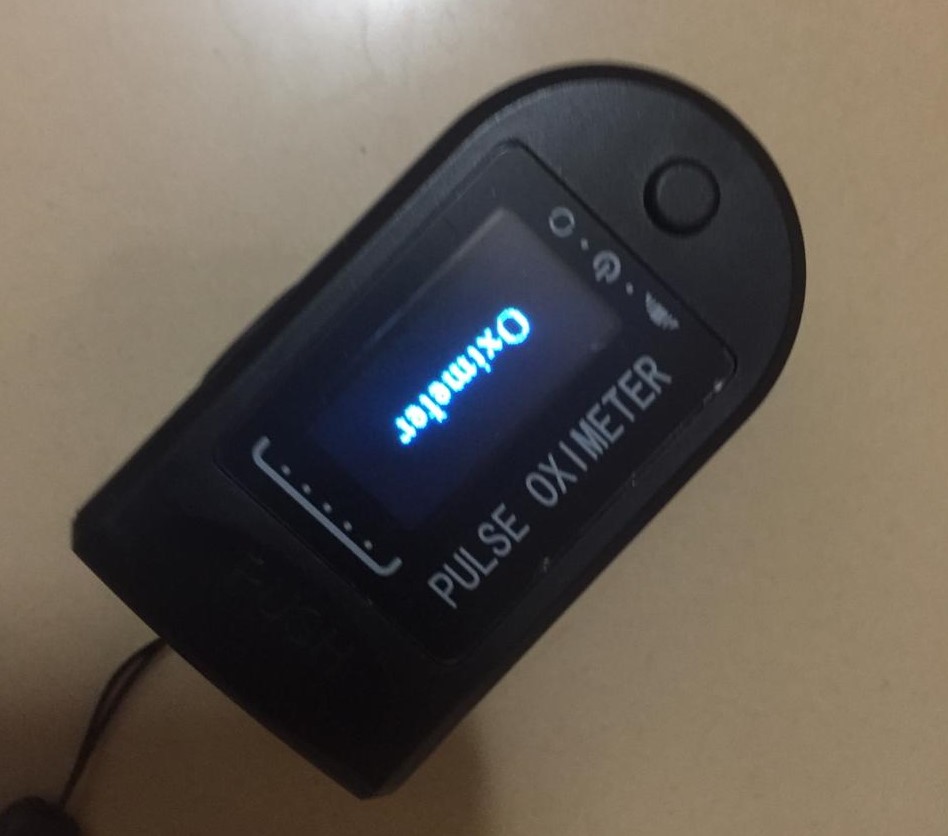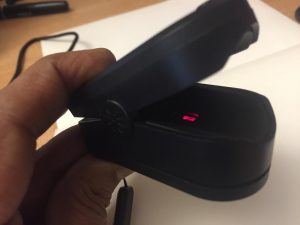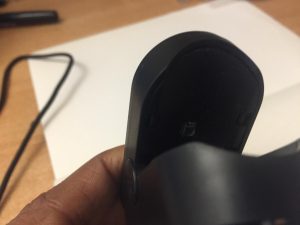
Fingertip pulse-oximeters are in huge demand among people today due to the COVID-19 scare. It is well known now that oxygen saturation levels could drastically fall very rapidly, without one realizing it. This could lead to acute respiratory distress. By the time it may be too late. Hence, every flu-like symptom seems to trigger panic and people want to ensure the oxygen saturation levels are in control. A fingertip pulse-oximeter is probably the easiest way to measure SpO2 or oxygen saturation level at home. At the same time people also wonder about the accuracy levels. They also wonder how exactly fingertip pulse-oximeters measure oxygen saturation level and pulse rate/ heart rate. Read on to know more about this.
A fingertip pulse-oximeter is a simple device like a clip, wherein one inserts the finger in between the two jaws for measurement. A typical pulse oximeter uses an electronic processor and a pair of small light-emitting diodes (LEDs) on one jaw and a photodiode sensor as a detector on the facing side of the other jaw. One LED emits red light with wavelength of about 660 nm and the other, infrared with a wavelength of about 940 nm. The photodiode is utilized to receive and measure the non-absorbed light from each LED.


So what is the purpose of the LEDs shining red-lights on the finger and the detector-photodiode receiving un-absorbed light?
Measuring oxygen saturation with Pulse-oximeter
The technology behind pulse-oximetry is based on how differently blood – or more specifically hemoglobin – absorbs red and infrared light. Absorption of light at red and infrared wavelengths differs significantly between oxygenated blood and de-oxygenated blood. Oxygenated hemoglobin absorbs more infrared light and allows more red-light to pass through. Deoxygenated hemoglobin allows more infrared light to pass through and absorbs more red-light.
In the pulse-oximeter, the two LEDs follow a cycle of on/off – one on, then the other, then both off about thirty times per second. This sequencing allows the photodiode to detect the red and infrared light separately and also adjust for the ambient light.
When a thin body part such as fingertip or earlobe is pressed between the jaws of the pulse-oximeter, the amount of red and infrared light that is transmitted through (in other words – not absorbed) is measured. The ratio of the red light measurement to the infrared light measurement then forms the basis for calculation of SpO2 or oxygen saturation. The normal range for oxygen saturation is 94%-100%.
Measuring Pulse Rate with Pulse-oximeter
Pulse rate/ Heart rate is the number of time our heart beats per minute. A normal resting heart rate for adults is between 60-100 per minute. When our heart beats, it pumps blood through the body. During each heartbeat, the blood flow into and fills the capillaries at the fingertips, essentially increasing the volume of blood at the site. Between heartbeats, the volume decreases. This change in volume of blood also impacts the amount of red or infrared light transmission through the tissues to the photodiode sensor. Pulse-oximeter measures this fluctuation in blood volume and resultant light transmission.
Perfusion Index, Plethysmograph and Respiratory Rate
A basic fingertip pulse-oximeter displays two parameters oxygen saturation and pulse rate. Other pulse-oximeters may measure and display other parameters like Perfusion Index (Pi) and Plethysmograph also.
Pi is the ratio of the pulsing blood to non-pulsing blood flow in your finger. It is used to indicate the strength of blood flow to the finger or any other measurement site in the body. The PI’s values range from 0.02% for very weak pulse to 20% for extremely strong pulse. There is nothing like normal Pi. It varies from person to person and measurement site. However, the pulse-oximeter reading for SpO2 and Pulse rate may not be reliable if the Perfusion Index at the measurement site is below 0.4%. Hence it may be useful to cross-check the Pi when using a pulse-oximeter. The pulse-oximeter is also a Plethysmograph, which essentially measures and displays changes in volume of blood flow as a graph. Some fingertip Pulse-oximeters also report Respiratory Rate.
PrimedeQ is an eMarketplace for medical equipment. We offer all types of medical equipment including used / refurbished ICU equipment. We also assist in repair & maintenance services at www.Primedeq.com. Contact us at +918971223957 or +917019759765 for all your medical equipment related needs.
https://in.linkedin.com/in/shanthi-mathur-ab07838
